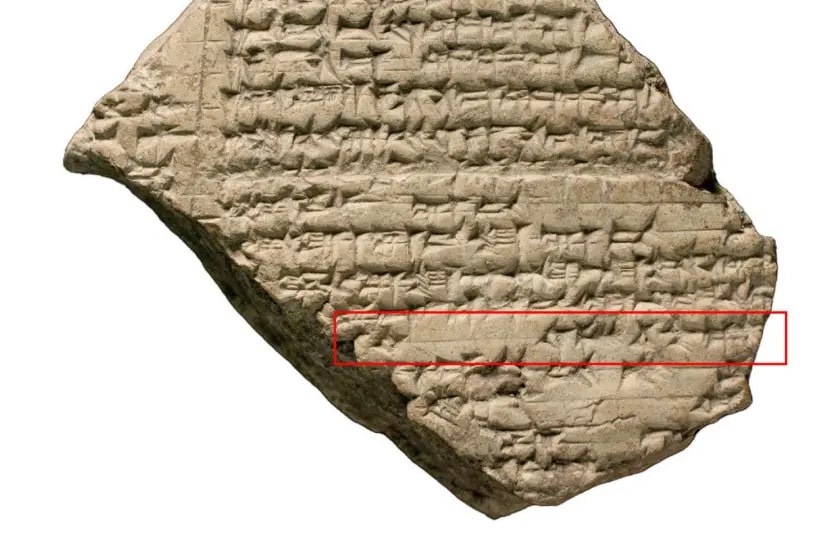
Posted on 05/07/2023 1:14:46 PM PDT by SunkenCiv
Israeli experts have created a program to translate an ancient language that is difficult to decipher, allowing automatic and accurate translation from cuneiform characters into English.
Researchers at Tel Aviv University (TAU) and Ariel University have developed an artificial intelligence model that can automatically translate Akkadian text written in cuneiform into English.
Experts in Assyriology have spent years studying cuneiform, one of the earliest known writing systems, in order to comprehend ancient Mesopotamian texts.
Dr. Shai Gordin of Ariel University and Dr. Gai Gutherz, Dr. Jonathan Berant, and Dr. Omer Levy of TAU trained two versions of the AI model – one that translates Akkadian from representations of cuneiform signs in Latin script and another that translates from unicode representations of the signs.
With a score of 37.47 on the Best Bilingual Evaluation Understudy 4 (BLEU4), the first version—which uses Latin transliteration—produced better results in this study. This means that the model can produce translations that are on par with those produced by an average machine translation from one modern language to another. Given that there is a cultural gap of more than 2,000 years in translating ancient Akkadian, this is a noteworthy accomplishment...
In 2020, the same group of researchers created an AI model called "the Babylonian Engine." The contemporary model is supposedly a better and reworked version of it.
Historians note that hundreds of thousands of clay tablets from ancient Mesopotamia, written in cuneiform, have been found by archaeologists, far more than can be translated by the limited number of experts who can read them.
(Excerpt) Read more at arkeonews.net ...
The multilingual inscription that allowed cuneiform to be cracked was (and is, I think) on a cliff face somewhere in the territory of the ancient Persian Empire.
“the last known example of written Akkadian dates from the 1st century AD.”
https://omniglot.com/writing/akkadian.htm
“Akkadian language inscription on the obelisk of Manishtushu”.
Peter Green even wrote a song about it. /rimshot
One problem with cracking Linear A is, there are no known multilingual inscriptions, or anything that may have been written on transitory materials. The second problem is, there aren’t a lot of tablets of Linear A, and a larger sample would be needed to try this technique.
A number of people (including Barry Fell) have claimed to have cracked it, but neither the people who have made the claims nor linguists agree that anyone has done it. :^)
Fortran, Forth, Ada, you name it...
:^)
Klingon.........................
The topic linked in that list, regarding age of the manuscript, gave me a “deceptive site” nanny-message from Google, because of the presence of a GRAPHIC from some place called S*rious Cr*ft. The upshot is, the radiocarbon dating pushed out some of the possible explanations for the book’s origin, and the palette of colors used is consistent with a Renaissance date. So the two newest topics about it remain best info IMHO.

Thank you again and again and again!
I did think about using that one, but figured the negative “they don’t no nuthin’” and “science is fake” reactions that are common around here would result. :^)
My pleasure, and thanks for your contributions and kind remarks!
Klingons... don’t they live on Uranus.
[face it, it’s the universal joke]
I like Barry Fell’s books. He seems to stretch his conclusions a bit beyond safe reasoning sometimes but I think he is basically sound. I have been to see the structures in New Hampshire. Translating linear A by AI might be like climate “models” and depend on the assumptions put in.
Disclaimer: Opinions posted on Free Republic are those of the individual posters and do not necessarily represent the opinion of Free Republic or its management. All materials posted herein are protected by copyright law and the exemption for fair use of copyrighted works.